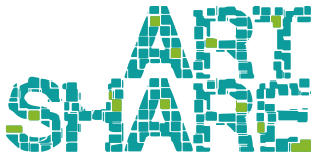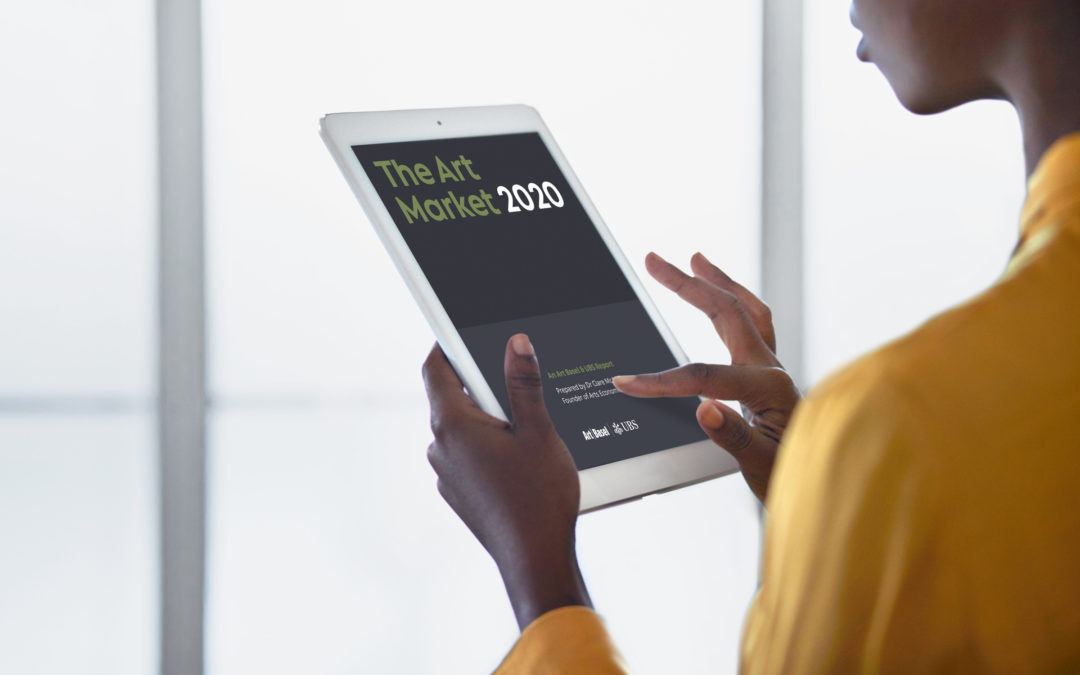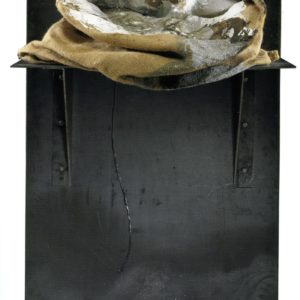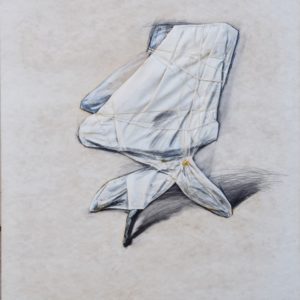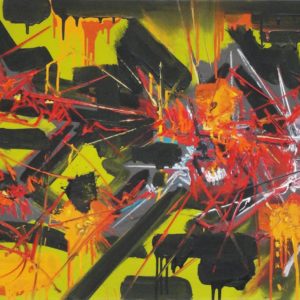The art market reacts to Coronavirus
by Giuliano Papalini
In addition to holding millions hostage from a health standpoint, COVID-19 has also delivered a coup de grâce to the financial markets, many of which were already in a state of volatility due to the ongoing economic crisis. Since the beginning of the contagion, stock exchanges around the globe have burned through billions of dollars, with heavy losses on all listed companies. On March 12, Piazza Affari registered a collapse of 16.9% – the worst in its history – and stock exchanges all over the world quickly followed suit. The VIX, the index measure of the stock market’s expectation of volatility, commonly referred to as the “fear index” by financial operators, has returned to levels not seen since the Lehman Brothers collapse. Furthermore, after yet another drop in the price of money in order to deal with the emergency, interest rates on government bonds are close to zero and in some cases (such as that of Germany) are even negative. In this scenario, the search for productivity inevitably leads to the evaluation of alternative investments, in order to diversify at least one part of the portfolio.
Gold is traditionally the safe haven par excellence, and after an initial strong leap, it has fluctuated at around $1600 an ounce for the past few days – the highest it has been since 2012. However, the tendency to direct investors towards the art market is certainly establishing itself, not just within the sector itself but also among institutional operators (banks, funds, etc.). This is a trend that stems from the belief that, today more than ever, investing in art is something which can be done by any type of asset holder, and which has both medium and long terms expectant economic returns.
On the other hand, as emerged in the Art Basel and UBS 2020 Global Art Market Report, global art and antiques sales stood at 64.1 billion dollars in 2019, down slightly from the previous year, yet 62% higher than ten years ago nonetheless. It is worth noting that turnover continued to grow, albeit slowly (+2%), with an estimated number of transactions of over 40 million, the highest level of the decade (+34% compared with 2009). This is a clear indication of the progressive expansion of the number of collectors.
Focusing on art is therefore a possibility which is considered more and more every day. These are not just collectors in the “traditional” sense of the word, but also includes a new generation of investors, largely due to the appearance of technological platforms capable of offering solutions and the necessary tools to satisfy an increasingly sophisticated and urgent demand through the use of the internet. The fact that the web already plays a decisive role in the future development of the art market – as written in a previous article – is evident from the figures: 2019 came to a close with online transactions hitting 5.5 billion dollars, marking a 10.2% increase compared to the previous year. And from the initial estimates of sector analysts, it has emerged that the threshold of 6 billions will be greatly exceeded in 2020, reaching 10 billion dollars by 2023.
The online target audience for buying art is diverse and heterogeneous; ranging from the digital generation and first-timers, to traditional collectors. According to the 2019 Hiscox online art trade report – almost 25% of millennials who are collecting today had never purchased any artworks before buying online, neither from galleries, auctions nor the myriad of art fairs which can be found around the globe. Furthermore, as much as 30% of new generation collectors say they prefer purchasing online to more “traditional” methods (in 2017 this figure was just over 10%). Of these, about 80% revealed that they made more than one online art purchase in 2019 (+20% compared to 2018).
“How the world of art will come out of contagion” – writes Marilena Pirrelli in Il Sole 24 Ore on 7 March – “is a story yet to be written. Today we can hypothesize about the many changes, and certainly the vital presence of younger and more active online collectors, who are also beginning to make their presence felt abroad at an institutional level.
The strength of this new, millennial generation of patrons was already apparent in 2019: they bought more artworks and spent more (on average 3 million dollars in two years) according to a study by Clare McAndrew, founder of Arts Economics, published on the Art Market Report 2020. This figure represents six times what Boomers spent…”. The hope remains that their purchasing power will remain this strong in a year which started out with COVID-19. The health of the current art market and its future evolution in the midst of the coronavirus pandemic is certainly an optimistic indicator, hopes the Art Market Confidence Index by Artprice, which has measured the opinion of art market operators (professionals and individuals) in real time since 2008. As of March 13, 2020, even during the current unfavorable economic situation, the percentage of those who intend to purchase artworks stands at 59%, compared to the much weaker 16% of those against. Equally as encouraging, is the opinion on the evolution of art prices in the coming months, with a good 35% which foresees an increase in prices compared to a 24% that oscillates between decrease and stability.
